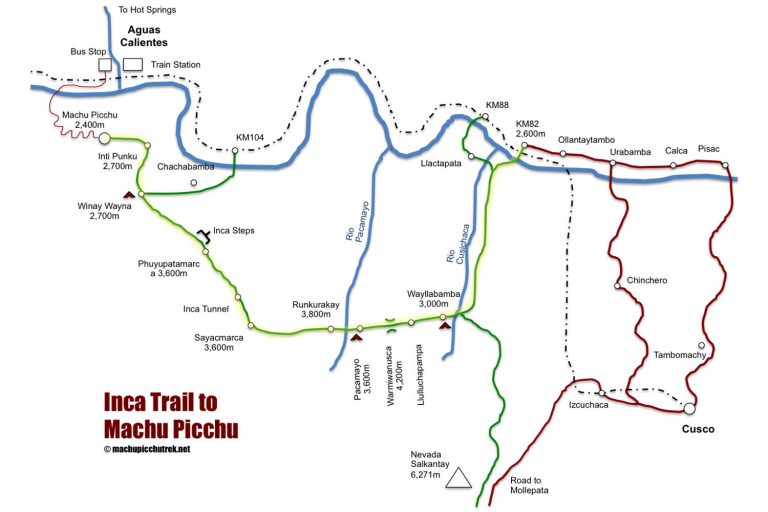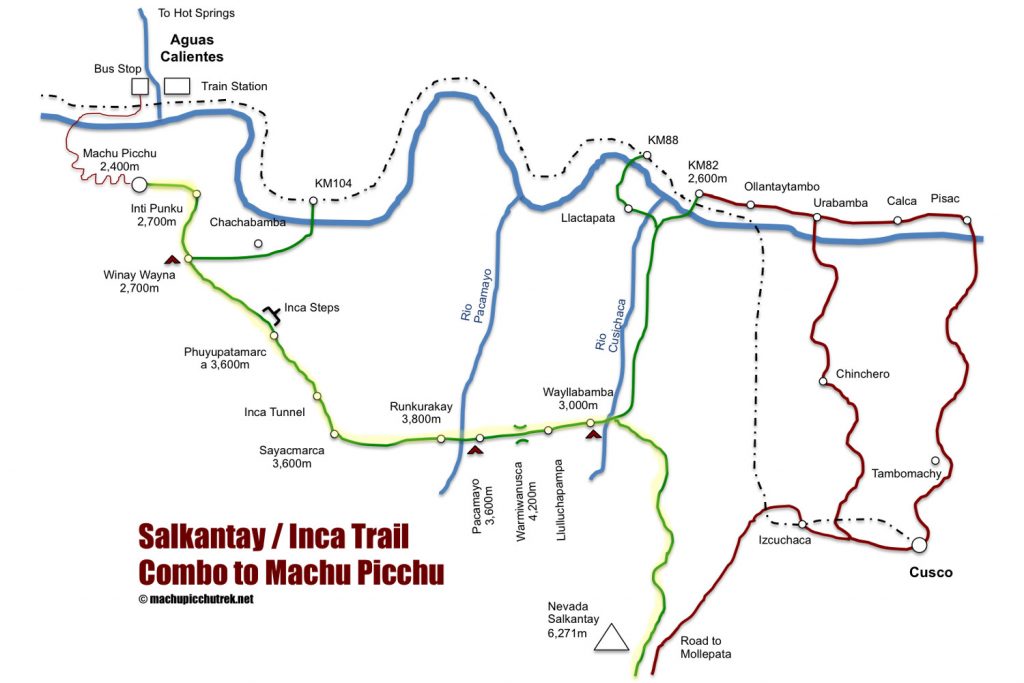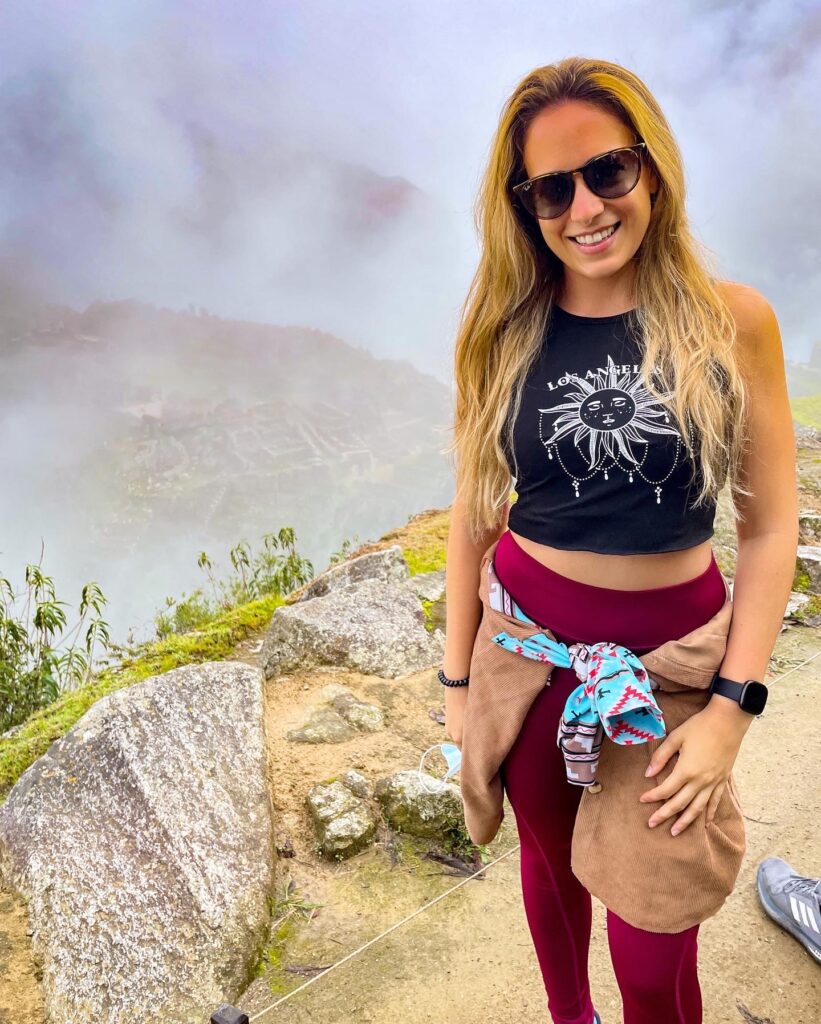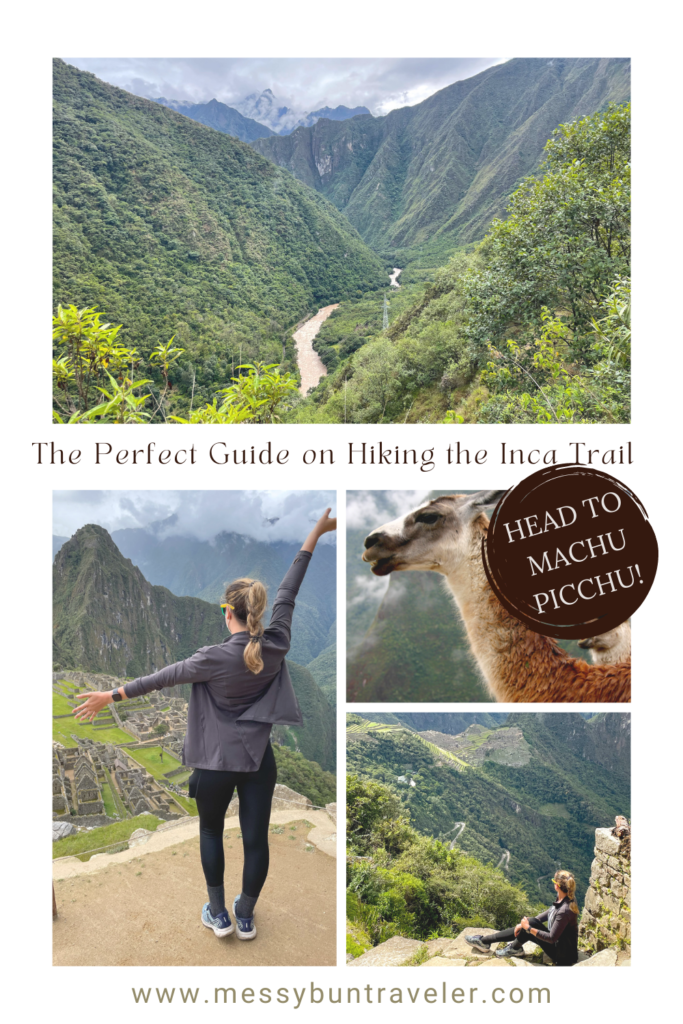Hey There!
I'm Reina
I am a full-time traveling registered nurse, fitness enthusiast, and nutrition expert. Every morning I wake up intending to bring awareness of the importance of health and spiritual wellness, especially to the traveling community. At Messy Bun Traveler, we promote travel that allows the traveler to either kick-start, maintain, or enhance a healthy lifestyle. So whether you're someone who travels for business, travels for pleasure, or new to travel and looking for health advice while on the road, this blog is for you!
inspiration
Categories:
health
destinations
fitness
resources
wellness
Privacy & Disclosure
The Messy Bun Traveler is designed to bring you fun stories, destination guides, and healthy travel advice. To help cover the cost of running this site, all posts are sprinkled with hand-selected affiliate links. When you click on one of these links and make a purchase, I will earn a small commission at no additional cost to you. I only accept affiliate links and paid advertisements from brands I believe in, trust and use personally. Thank you for your continued support!
The Perfect Guide on Hiking the Inca Trail to Machu Picchu
March 23, 2022
When I traveled to Peru, I was most excited to visit the ancient site of Machu Picchu. And as someone who likes to hike and participate in Spartan Races, I was ecstatic at the thought of being able to trek through the Inca Trail to Machu Picchu.
This experience, in my opinion, is worth every penny. People from all over the world come to partake in this great adventure!
The Inca Trail is one of the most prominent historical landmarks in the continent of South America. There are very few hikes where you can literally take a stroll through 500 years of history.
You’ll see ancient archaeological sites that were once the places of worship and astronomy to the Incan people. At the end, you’ll ascend to the enchanted Sun Gate, the genuinely remarkable stone structure with breathtaking views of the lost city of Machu Picchu.

I was impressed by the amount of biodiversity we encountered while on the Inca Trail to Machu Picchu.
While in the Andean mountains, we climbed impressive stone staircases, crossed wooden bridges over rivers and waterfalls, weaved through thick jungle terrain, and ascended into the clouds. It truly is a breathtaking experience.
Here you will find the complete guide to also being able to participate in this once in a lifetime experience. If you’re interested in hiking the Inca Trail to Machu Picchu, this guide is for you.

I’m interested! But where do I begin?
If you’re interested in doing a Machu Pichu hike, you first need to choose which trek to Machu Picchu you want to do.
Most people think there are only two options (hiking or not). Yet, there are actually several tours at several different length options of the Inca Trail you can choose from. Some of the most common, listed from shortest to longest, are here.

Short Inca Trail Hike (aka Camino Real de Los Inkas):
- Distance: 13 km (just over 8 miles)
- Highest Elevation: 2,700 meters (approximately 8,900 feet)
- Number of Days: This hike is 2 days, 1 night (can also be combined into one day)
Due to my limited time in Peru, this is the hike I participate in. Our guide even combined the two days of hiking into one, longer trek.
Someday I may come back to do the full four-day option, but I think this option is perfect for someone short on time. You get the experience of hiking the beautiful Inca Trail on Machu Picchu and still end up at the Sun Gate with plenty of time to explore the ancient city.

Classic Inca Trail Hike (most common):
- Distance: 45 km (about 28 miles)
- Highest Elevation: 4,200 meters (13,780 feet)
- Number of Days: This hike is 4 days, 3 nights
During the night, you’ll sleep in tents and utilize the camping gear you brought with you.

Salkantay/Inca Trail Hike:
- Distance: 65 km (about 40 miles)
- Highest Elevation: 4,900 meters (just over 16,000 feet)
- Number of Days: you’ll spend an average of six days and five nights on this trek.
This is an excellent option for adventurers who have plenty of time to experience it all. It’s a full immersion in the Inca Trail experience.

There is a long list of alternative hikes to Machu Picchu, but none of these options end at the infamous Sun Gate. Additionally, Machu Picchu is possible to visit without hiking at all.
For those not interested in hiking the Inca Trail to Machu Picchu, you can stay in Aguas Calientes and catch a bus up to the site.
I will say, though, there is something truly magical about ascending to the Sun Gate and just gazing over the peaks of the Andes mountains. Knowing that I hiked to get to the lost city of the Incas made me feel like I was genuinely immersing myself in the rich history and culture of Peru.
How to Choose Which Machu Picchu Hike is Right for You
Knowing your options can make deciding which Inca Trail to do a tad difficult. Some things you’ll want to consider:

How much time do you have in Peru?
For me, I only had 10 days to explore Peru. I wanted to spend a reasonable amount of time in Lima, Puerto Maldonado, Cusco, and Machu Picchu. Having the option of a shorter trek was great for me, who had limited time and wasn’t quite in the mood to camp during this trip.
See also:
- 10 Things to do in Peru Other Than Machu Picchu
- Puerto Maldonado: Visit the Amazon in Peru
- What to do in Cusco if You’re Super Short on Time
What will the weather be like during the month you’re traveling?
I went to Peru in January, one of their rainiest months of the year. I certainly didn’t feel like spending four days muddy and wet.
While the hike was fortunate enough to have perfect weather (after making a coca leaves offering, of course), at any point, it could have torrentially down poured.
The best months to hike the Inca Trail to Machu Picchu is in the country’s winter, from May to September. It is slightly colder, but it is the dry season with far less rain than the summer months.
From December to March, the weather is warmer. But, you’ll be met with frequent and heavy rain showers throughout your Machu Picchu hike.
If you have more time and the weather permits, the classic Inca Trail and the Salkantay Inca Trail are great multi-day options.
What is your preferred activity level?
I say “preferred” because anyone can train for a multi-day hike if they truly want to experience it. But if it’s something you just don’t want to do on vacation, why force it?
Do you prefer hotels or camping?
There was something so satisfying about hiking all day and then being able to check into my hotel room for a nice hot shower.
If you love camping, then the Classic Inca Trail and Salkantay Inca Trail are great options where you can camp for up to five nights! If you’re someone who prefers a bed to sleep in at the end of the day, the Short Inca Trail is perfect.

Hiking the Inca Trail to Machu Picchu is rewarding and breathtaking with any trek you choose. You’ll follow the footpaths of the ancient Incan tribes through the ruins and feel the heavy stones they carried beneath your feet. There’s so much mystery and wonderment in these mountains.
Inca Trail to Machu Picchu: What to Expect On the Journey
The magical train to Machu Picchu!
My expedition started in the Sacred Valley at the Sol Natura Hotel Ollantaytambo. My group and I woke up at the ungodly hour of 5 AM. We packed up our day packs, including our lunch for the day and 3 liters of water (which we quickly learned was too much to carry on our backs!), and headed outside.
When walking out to the café to grab a quick bite of breakfast, we realized that it was POURING rain. Great, just great. We would be hiking all day in the mud and pouring rain.

We catch the morning train to KM104. This is where we start the one-day Inca Trail to Machu Picchu. Since it’s the era of covid, we had our temperatures, oxygen saturation, and pulses checked.
We also needed our proof of vaccination and passports handy for the rangers.
After the logistics, we started our descent. We stopped at one of the many ancient Incan sites you’ll see on the journey.
There, we learned about the significance of coca leaves and how they’re considered sacred plants of the Incan tribes. It’s treasured not only for its medicinal properties but also for sacrificing in holy rites and rituals.

We even learned how to perform a proper Andean prayer, where we offered a prayer to Apus, the god of mountains.
We then threw the coca leaves in two directions, one to the sacred Macchu Picchu and then in the other direction toward Huayna Picchu. One final leaf is left on the ground as an offering.

The last stretch of the Inca Trail hike to Machu Pichu is known as the “gringo killer” or the “tourist killer.” It’s so named because it’s an incredibly steep staircase with very narrow steps.
I literally felt like I was doing step-ups with the frame I used for box jump workouts! Don’t worry, it’s short at only about 50 steps. Make sure to prepare those knees!

Reaching the Sun Gate is breathtaking. Looking through the stone structures to the site of Machu Pichhu is truly the highlight of the Inca Trail hike.
Whether you participate in the one, four, or six-day excursion, the Sun Gate finale will make all the difficulties of the Machu Picchu hike suddenly disappear.
Tips for Hiking the Inca Trail To Machu Picchu:
Gear, Equipment, and Attire
No matter what trek you plan on doing, having proper hiking gear and equipment is essential.
Due to the weather being very unpredictable and ever-changing, it’s good to bring layers. Also, prepare to rain-proof yourself and your belongings.
If you’re doing the short Inca Trail, it’s important to keep your day pack light. Too many people in our group brought monstrosities of backpacks and had difficulty carrying them. Pack light. Your back will thank you.
If you’re doing the Classic or Salkantay Inca Trail Hike to Machu Picchu, you can choose to carry your own camping gear or hire a porter to carry your belongings for you.
If you hire a porter, make sure you do it from a reputable company and tip them well!
Permits Sell Out Fast!
The Inca Trail to Machu Picchu is undoubtedly world famous. Due to its popularity, the only way to participate is to hire a licensed trekking company and obtain a permit.
To minimize traffic and lessen the effects of heavy traffic on the terrain, only 500 tickets are available each day. And these 500 permits do include the guides as well.
It’s recommended to get your permit at least 6 months in advance. Plan on getting it sooner if you’re preparing to go during peak season.
If opting for the Short Inca Trail, you can obtain a permit more readily as fewer people opt for this option. I decided in November to take a trip to Peru in January, so two months was not enough time to get a permit for the classic trail.
And remember, this trail is not possible without a licensed guide! So plan accordingly.

Fitness & Training
It’s always a good idea to train before any strenuous activity to prevent bodily injuries.
You don’t need to be an Olympic athlete to do this hike- but the more prepared you are, the easier it will be to enjoy the journey and not fight for air.
Also, if you plan on buying a fresh pair of hiking boots, make sure to break them in first! There’s nothing worse than going on a long hike with shoes that aren’t entirely molded to your feet yet. Talk about painful!
Altitude Sickness
Altitude sickness is a real possibility with the Machu Picchu elevation. I have a detailed guide to preventing, treating, and coping with altitude sickness, here.
Food and Water
I was fortunate to hike with a company that provided us with lunch. Our group was responsible for bringing our own water and any snacks.
Focus on small, high-calorie snacks like nuts and dried fruits. Also, be sure to bring plenty of water, but not to the point where it’s too hard to carry. Most of my group members agreed that bringing three liters was a tad much, and two was perfect.
In all honesty, the best thing you can do for yourself to make sure you’re nice and hydrated for the trek is to drink extra water a few days BEFORE. If you wait for the day of to start hydrating, it may be too late.
Bug Repellent
Make sure to bring high-quality mosquito spray! There are a plethora of mosquitoes, and they can bite even through your clothes! These bites get super itchy and are the last thing you want while hiking the Inca Trail.
See also:
Sunscreen
You’re going to be up in high altitudes, and in some areas, in direct sunlight. Pack plenty of sunscreen and apply it multiple times throughout your journey.
We had some fairly cherry-colored members of our group who did not follow this advice while on the trail!
Don’t Forget Your Passport!
To hike the Inca Trail to Machu Picchu, you must have your passport handy. No passport, no hike.
Also, when getting into Machu Picchu, you’ll need to show your passport once again. Not even the president of the United States can get into Machu Picchu without a valid passport!

Special Considerations for COVID:
Because of COVID, masks are required for entrance to Machu Picchu. We were not required to wear them during the hike (thank goodness!) but we did have to put them on at each checkpoint, and once again when arriving at the Sun Gate.
Please note that Peru requires KN95 masks or two surgical masks. Having just one surgical mask or cloth mask is not considered sufficient enough. If you’re not prepared, the rangers will turn you away!
If you enjoyed this post, please PIN ME!




Join my newsletter
* We will never share your details with any third party



